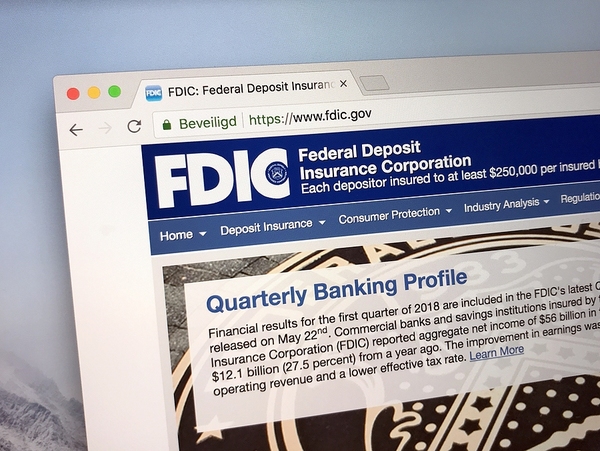View Sale Announcement Detail


Archived news
EXCERPT: As consumers spend less and worry about the economy amid the pandemic, they're making more deposits and keeping their money safe. In the meantime, banks are seeing growth in deposits but little in the way of loan growth.

As economic uncertainty as a result of the ongoing health crisis continues, consumers are stashing their cash in the bank in an effort to hedge against risk. And banks are now flush with deposits.
While a spike in bank deposits was expected throughout the first half of 2020, banks didn't anticipate such a scenario to continue into the latter half of the year.
Unfortunately, consumers continue to be wary about the state of the economy as the coronavirus pandemic shows no sign of letting up any time soon. Consumer spending has declined over recent months, as has demand for commercial loans.
As a result, banks are being left with soaring levels of deposits but little in the way of using that money for lucrative purposes. And the low interest rates that may be making lending affordable for consumers and businesses are tightening profit margins for lenders.
Bank Deposits Have Soared
According to the Federal Deposit Insurance Corp. (FDIC), deposited balances have spiked $1.2 trillion over the first and second quarters this year. The increase was triggered by a slew of credit-line drawdowns in March and federal stimulus programs in April. Deposits at commercial banks increased 19 percent from January 1 to September 23 to a total of $15.7 trillion.
Some banks are paying extremely low rates on deposits and lower rates for VIP or new clients in an effort to seek temporary relief. Others are using their deposits to purchase mortgage-backed securities, while others still are collecting some interest by storing their money at the Federal Reserve.

What banks really want to do is use excess cash from the increased level of deposits to make loans. But there aren't many lucrative opportunities to do that at the present time. With so much uncertainty right now surrounding the pandemic and economy, there likely won't be much loan activity or growth over the short term.
The growth in deposits is putting downward pressure on net interest margins among banks. The average net interest margin dipped to 2.81 percent by midyear, which is the lowest level the FDIC has ever reported in its quarterly banking profile.
Loan-to-deposit values are incredibly low right now, which is not a good thing given the stack of deposits banks are currently holding. Banks are unsure of what exactly to do with all the cash deposited, especially without knowledge of how long the low interest rate environment or the current state of the economy will drag on.
What banks would much rather see is higher loan activity. That said, banks know that this situation is temporary in nature. But just how temporary remains to be seen.
High-Quality Consumer Loans Still Exist - Banks Should Look For Them and Add to the Books
With unemployment currently at around 7.9 percent, that means that 92 percent are still working. As such, there are still high-quality consumer loans available, which have higher rates, shorter durations, and high FICOs compared to residential loans.
Garnet Capital can help connect banks and lenders with these higher-quality assets to add to the books as they navigate these unprecedented times.
Browse white papers today.
Garnet Capital Advisors 500
Mamaroneck Avenue, Harrison, NY 10528
(914) 909-1000
info@garnetcapital.comGarnet Capital Advisors 500
Mamaroneck Avenue, Harrison,
NY 10528
(914) 909-1000